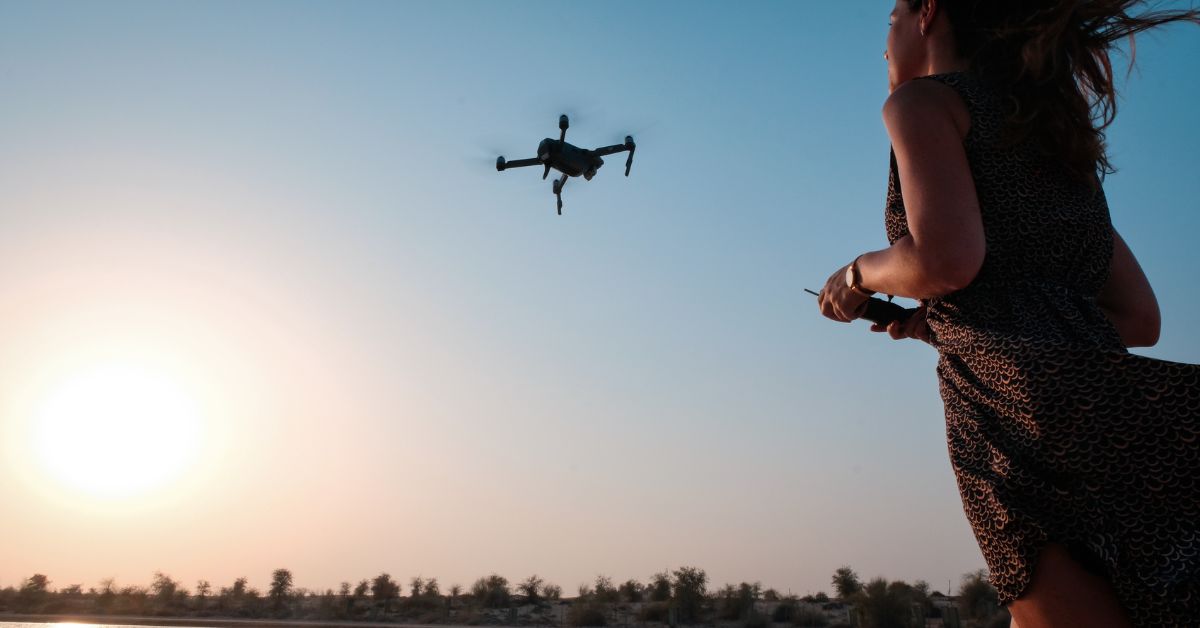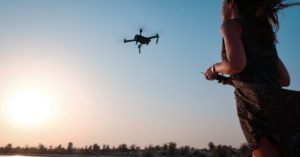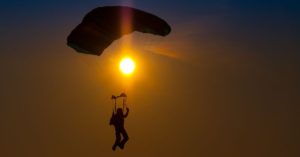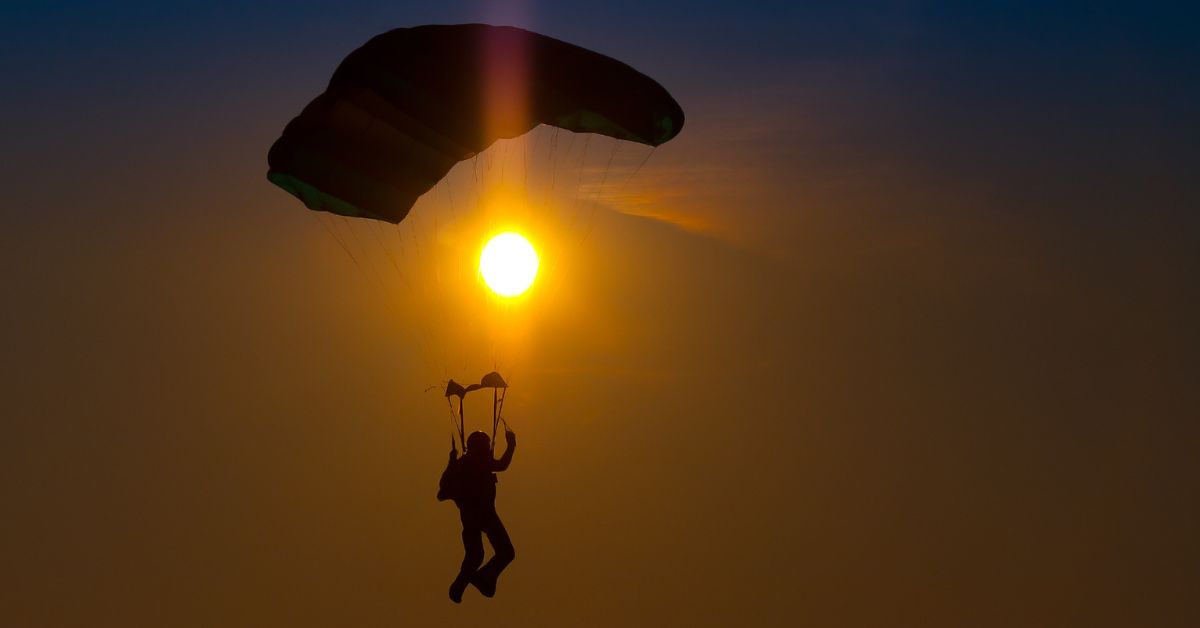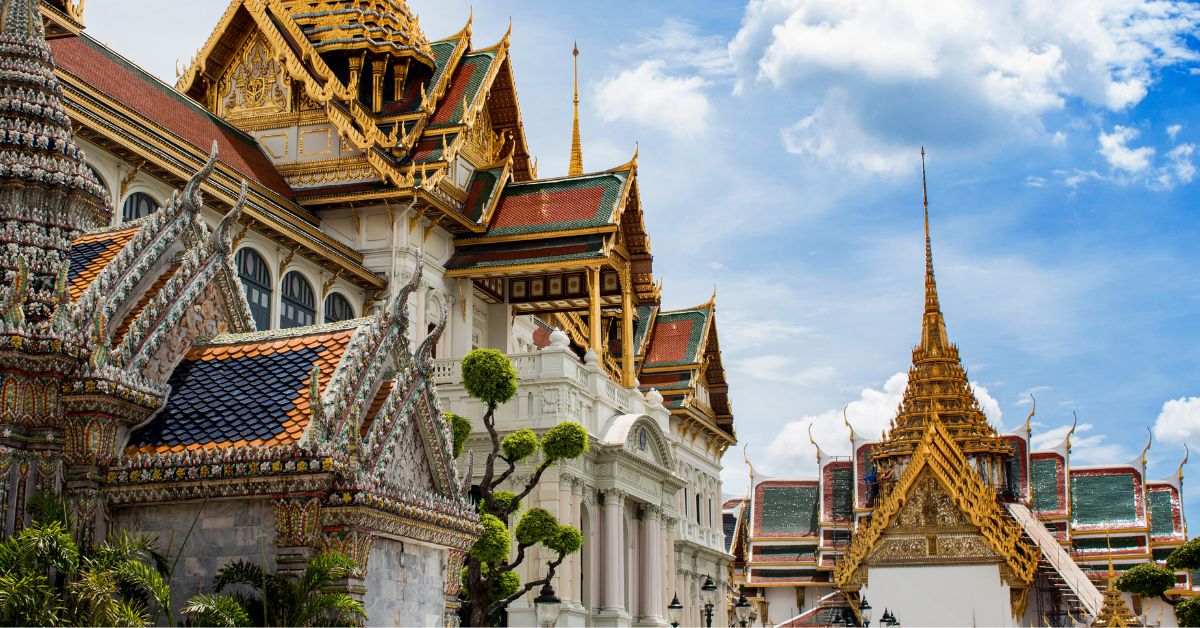Drone’s God’s-eye view not only allows us to witness expansive and breathtaking landscapes but also provides a unique shooting experience. Consequently, an increasing number of people are paying attention to and contemplating the purchase of their desired aerial drones.
However, with the maturation of the drone market in recent years, numerous brands have entered the industry, resulting in a wide variety of drone models with varying prices. Choosing a drone that suits one’s needs has become a challenging task.
Drawing from my personal experiences and consultations with friends, I have provided insights into the concept of aerial drones and the factors to consider when selecting one. I hope this serves as a helpful reference for those choosing aerial drones.
What is an Aerial Drone?
An aerial drone, as the name suggests, is primarily used for entertainment scenarios such as aerial photography, tracking shots, and travel footage. Aerial drones typically consist of a flight control system, power system, remote control system, gimbal camera, and the drone frame. Among these:
✧ The flight control system is the core control system determining the stability and obstacle avoidance capabilities of the drone.
✧ The power system determines the drone’s endurance.
✧ The remote control and reception system decides the transmission distance and anti-interference capability.
✧ The gimbal system ensures the stability of the aerial camera, and without a gimbal, the image quality of the aerial drone cannot be effectively guaranteed.
Common consumer-grade aerial drones on the market include fixed-wing, helicopters, and multirotor types. Among them, quadcopters, due to their simple technology, low cost, and ease of operation, have become the most mainstream drone type. In the subsequent sections, when referring to aerial drones, I am specifically addressing quadcopters.
Factors to Consider When Choosing an Aerial Drone
The selection of aerial drones is primarily based on factors such as safety and stability, aerial image quality, gimbal stabilization, transmission distance, and endurance. Specifically, these include:
Safety and Stability
Safety and stability are the primary considerations when choosing an aerial drone. Regardless of the camera quality, external design, or additional aerial functions, without safe and stable flight, everything becomes meaningless if the drone crashes. To ensure the safety and stability of the drone, excellent flight control systems, reliable gimbal systems, stable transmission systems, and necessary obstacle avoidance systems are required. These aspects test the technical capabilities of manufacturers and are crucial factors distinguishing drones of different grades.
Aerial Image Quality
When selecting an aerial drone, the desire is to capture high-definition and detailed images and videos. High definition refers to the resolution of images, with early resolutions reaching 1280*720, commonly known as 720p, considered high definition. For aerial drones, achieving clear images even when flying at a certain height requires a minimum pixel value of 8 million, meaning the camera resolution should be at least 4K. Cameras with resolutions lower than 4K are typically used to provide a first-person view for better drone control, but the actual shooting effect is often unsatisfactory.
In addition, factors such as camera sensor size, lens aperture, and field of view also affect aerial image quality. For ordinary users, remembering a few simple principles is sufficient:
✦ The larger the aerial camera sensor, the clearer the image and the more realistic the colors.
✦ A larger lens aperture allows more light, resulting in better night vision.
✦ A longer lens focal length extends the effective visual range.
Gimbal Stabilization
In addition to image quality, the stability of aerial shots is also a crucial factor in determining the quality of an aerial drone. The stability or anti-shake function of a drone is mainly achieved through a “gimbal.” The gimbal is the support device used to install and fix the camera on the drone and comes in three types: fixed, two-axis mechanical, and three-axis mechanical.
A fixed gimbal directly fixes the camera to the drone without anti-shake effects, resulting in relatively poor image quality. This type of gimbal is usually found in toy-grade drones.
A three-axis mechanical gimbal utilizes gyroscopes and motors inside the gimbal to control the camera’s reverse power in the X, Y, and Z axes during drone movement. This prevents the camera from shaking along with the drone’s movements, ensuring image stabilization. Currently, mid- to high-end drones generally come equipped with three-axis mechanical stabilization gimbals, supplemented by EIS electronic stabilization to guarantee image stability.
A two-axis mechanical gimbal omits vertical shake reduction, only compensating for horizontal camera movement. This reduces power consumption but also lowers anti-shake efficiency, making it common in entry-level drones.
Transmission Distance
The purpose of transmission is to relay real-time footage from the drone’s camera to the operator’s mobile device or remote controller screen. The effective transmission distance and signal stability of the transmission system also determine the drone’s operational range, a crucial factor influencing the aerial experience.
Common drone transmission methods include OFDM, COFDM, WIFI, Lightbridge digital transmission, and analog transmission. The transmission methods can be broadly categorized into WIFI transmission and digital transmission.
WIFI transmission, a type of digital transmission, relies on the WIFI communication protocol for real-time image transmission. Its advantages lie in mature technology and low cost, making it widely applicable. However, it has significant drawbacks such as high latency, poor anti-interference capability, and a limited range. Currently, most low-end and toy-grade drones use this type of transmission.
Digital transmission employs unidirectional image data transmission, similar to the data transmission method of a television broadcasting tower at a height. This resolves the issue of real-time wireless image transmission, significantly enhances image transmission distance, and allows the drone to fly farther with more stable control. Currently, mainstream aerial drones adopt digital transmission methods.
Transmission Distance
When enjoying aerial drone flights, endurance is a crucial factor to consider. After all, no one wants to worry about changing batteries shortly after takeoff.
However, due to battery technology limitations, the endurance of current drones is generally not very long. High-end aerial drones typically offer flight times of 30 to 50 minutes, while low-end or toy-grade drones usually last around 10 minutes.
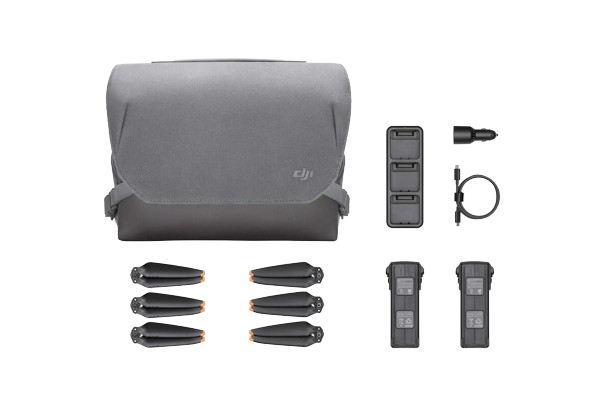
Therefore, it is commonly recommended to have at least one spare battery or purchase a comprehensive flying kit to ensure a better flight experience.
Other Considerations
In addition to the basic factors mentioned above, there are other aspects that require additional attention, such as portability, waterproofing, intelligent modes, after-sales service, etc. These factors need to be comprehensively considered based on individual needs.
Of course, another significant consideration is price. After all, regardless of the purchase, we must be mindful of our budget constraints.
Conclusion
Choosing the perfect aerial drone involves weighing safety, camera capabilities, stabilization, transmission distance, and endurance. Additional features and personal preferences, coupled with budget constraints, further contribute to the decision-making process. By understanding these factors, drone enthusiasts can make informed choices and elevate their aerial photography and videography experiences.
Share this post: on Twitter on Facebook

